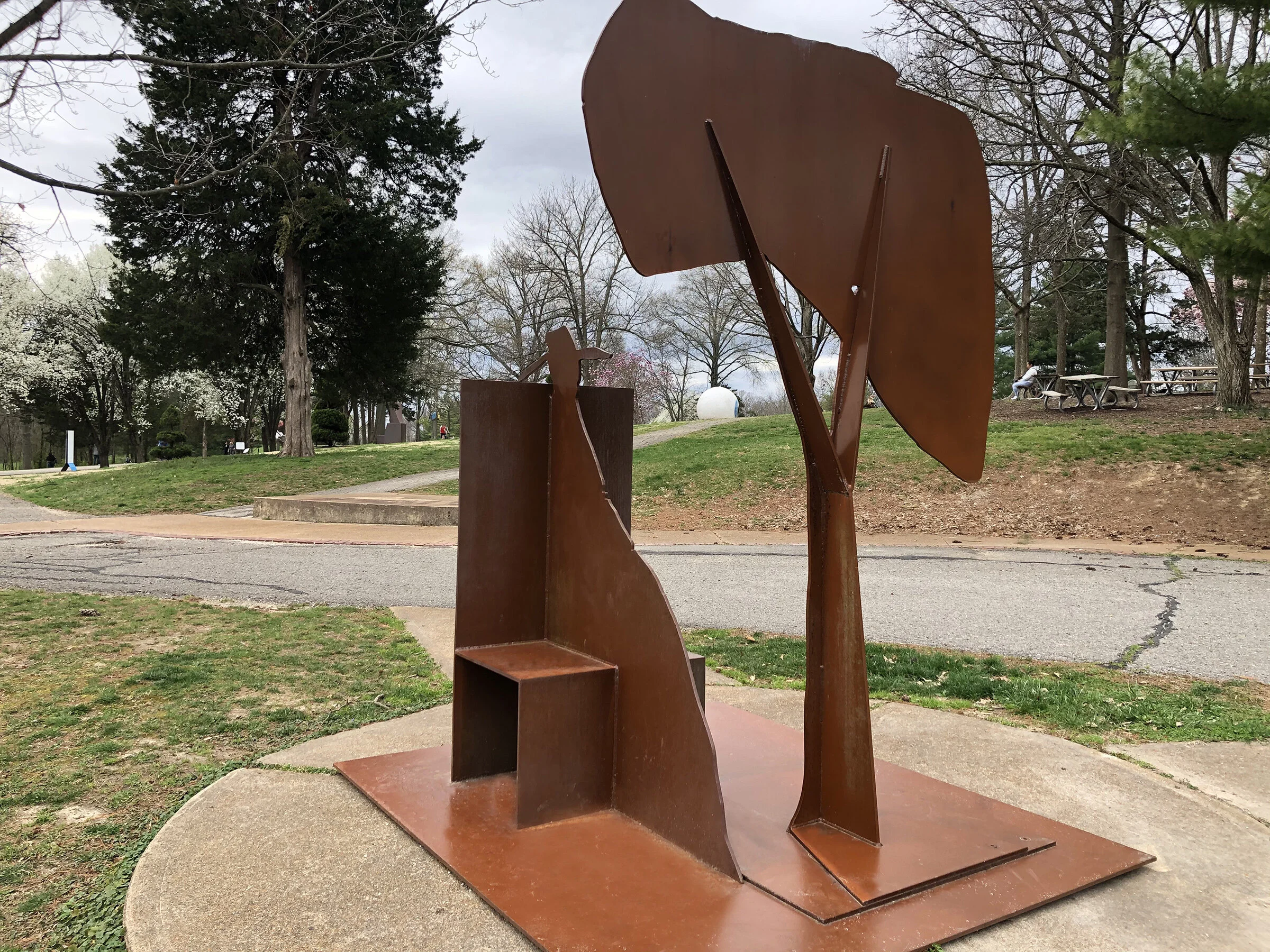ERNEST TROVA
(AMERICAN, 1927–2009)
Poet Sitting by a Tree in Chair, 1975
COR-TEN steel, natural finish
79 x 71 x 65 inches
Loan Courtesy of St. Louis County Parks
The Poet Series originated from Trova's lifelong love of poetry. During his creative expansion in the early 1970s, Trova looked to his lyrical impulses, from one who had written his own poetry; but had also written about and studied the history of the art form. It is believed that Trova based Poet Sitting by Tree in Chair on a personal association with a specific and well-known figure in the history of poetry.
Like many from The Poet Series, the works share the more linear, constructed and assembled character of the Canto and Abstract Variation series' of works, but also recall the bristly, alluring textures Trova used in his paintings and collages of the early 1960s. With a renewed focus on the human figure, this work was developed from a group of maquettes. Translated as a silhouette, the figure conveys a sense of calmness, a writer in deep meditation. With subtle curvatures, the steel poet, chair and tree rest gracefully, with a contemplative posture. Working in contrast to its material, the natural, antique finish evokes a slightly haunting and personal tableau.
Ernest Trova’s gift of 40 artworks to St. Louis County in 1976 brought Laumeier Sculpture Park to life. Many of these works are displayed throughout the Park and the region, keeping Trova's legacy alive both at Laumeier and in the St. Louis community.
Sculpture Interaction Guideline: Do Not Climb
ARTIST BIOGRAPHY
Ernest Tino Trova was born in St. Louis in 1927. Best known for his signature series, Falling Man, he considered his entire output a single "work in progress.” Trova continued his ad hoc art education, seeking out painter Willem de Kooning and poet Ezra Pound, whose dual influences heavily impacted the young artist’s developing practice and philosophy. In the late 1960's and early 1970's, he was among the most widely acknowledged sculptors working in the United States, resulting in invitations to exhibit in three Whitney Annuals, three Venice Biennales and Documenta 4 (1968) in Kassel, Germany. Trova's work has been exhibited in dozens of major museums including the Museum of Modern Art, New York and the Walker Art Center, Minneapolis. Trova was represented by Pace Gallery, New York, from 1963 to 1985, which held his first solo exhibition in April 1963.
Visit etrova.org for more information.

